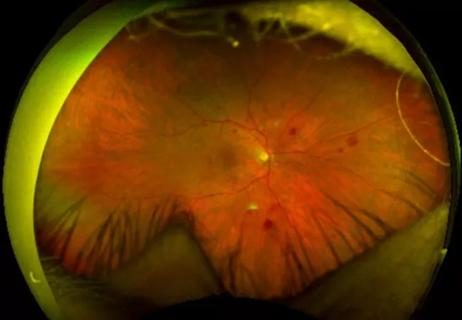Advertisement

CFH gene triggers the eye disease in white patients but not Black patients

Study identifies factors that may predict vision outcomes in diabetic macular edema

From medication to laser treatment to surgery

Fixational eye movement is similar in left and right eyes of people with normal vision
Advertisement
Cleveland Clinic is a non-profit academic medical center. Advertising on our site helps support our mission. We do not endorse non-Cleveland Clinic products or services. Policy

Watch for sudden unilateral vision loss without pain

Preclinical study shows why it’s critical to consider sex in eye disease research

Oral medication may have potential to preserve vision and shrink tumors prior to surgery or radiation

Prematurity is linked with poorer outcomes of retinal surgery in adulthood

For patients with headache, pulsatile tinnitus or vision changes, immediately stop use and refer to ophthalmology

Less than 50% of patients with diabetes get appropriate ophthalmic screening through primary care referrals
Advertisement
Advertisement